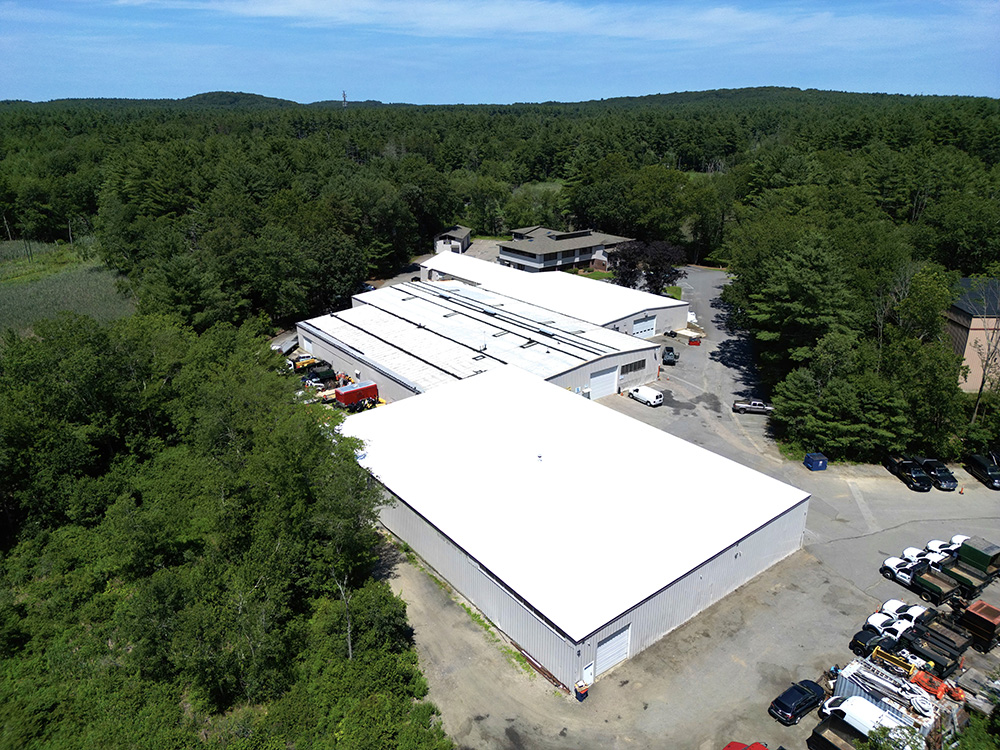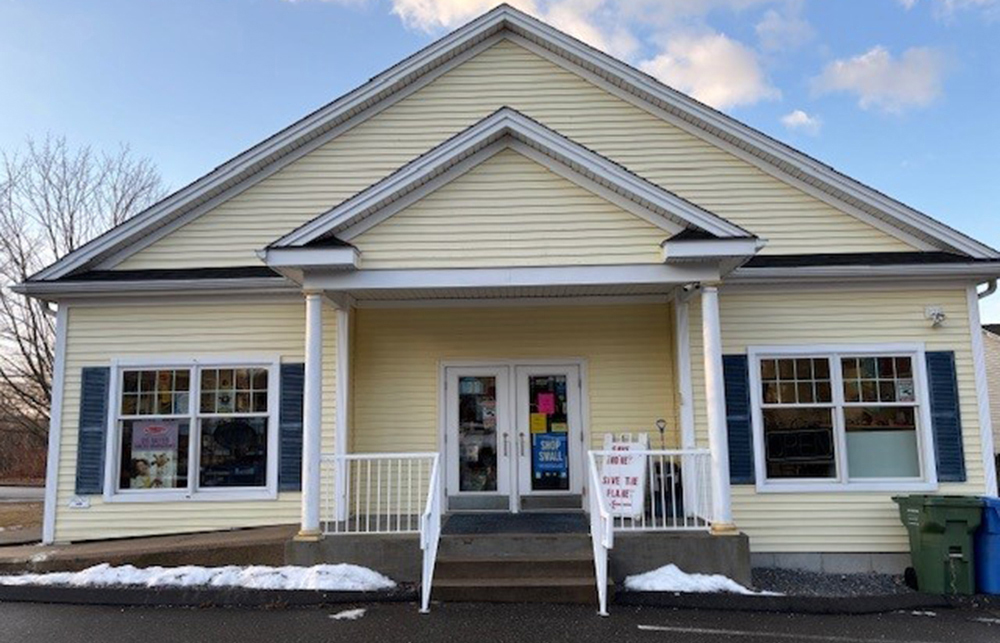Marcus & Millichap completes $5.775 million
sale of 76,251 s/f industrial/office property

Acton, MA Marcus & Millichap completed the sale of a 76,251 s/f industrial and office property at 930 Main St. The asset sold for $5.775 million.
“When we first approached the seller, he had an offer that was more than 30% below where we ultimately closed. We advised bringing the property to market, and within the first two weeks we conducted over a dozen tours, generated multiple offers and created enough competition to push the final price $275,000 over asking,” said Luigi Lessa, director investments in Marcus & Millichap’s Boston office.
Lessa, along with Marcus & Millichap’s Harrison Klein and Mattias Edenkrans, represented the seller and procured the buyer.
“By running a competitive and transparent process, we secured a result that exceeded pricing expectations,” said Lessa. “Despite challenges with tenancy and below-market rents, the exposure allowed us to select the most qualified buyer. Working closely with the lender helped us navigate issues and ensure a smooth closing. The buyer, a local investor, will now stabilize the tenancy, bring rents to market, and create a long-term, cash-flowing asset.”
“This sale is indicative of the interest we are seeing in well-located properties serving smaller tenants,” said Klein. “These properties continue to outperform as they remain unaffected by the glut of “big box” warehouse space in New England.”
Located on an 8.03-acre parcel, the seven-building campus includes about 61,700 s/f of warehouse space and 14,500 s/f of office space. The property has 11 drive-in doors, one loading dock, clear heights ranging from 16 to 20 ft., and 102 parking spaces. It is 3.5 miles from I-495 and four miles from Rtes. 2 and 111, providing access to Greater Boston and the Metro-Northwest corridor.
RapDev leases 17,587 s/f at 501 Boylston St. - lease brokered by JLL


End of the year retail thoughts - by Carol Todreas

Placemaking and retail in 2024 - by Carol Todreas
Placemaking. That is the word for 2024. While the concept has historical precedence in urban development, it became part of our current culture in the 1960’s when urbanists started to think about cities for people, not just cars.

Newbury Street: Boston’s timeless retail gem thrives in a modern era - by Joseph Aquino
Boston’s iconic Newbury St. continues to thrive as one of the most vibrant and compelling retail corridors in the United States. Nestled in the heart of the Back Bay, this historic St. has evolved into a powerhouse of high-St. retail, where luxury meets lifestyle and legacy brands coexist with up-and-coming names. With its European charm, diverse architecture, and unmatched foot traffic, Newbury St. remains a dynamic reflection of Boston’s energy, culture, and economic strength.

Retail / tariffs / uncertainty and (still) opportunity - Carol Todreas
As new tariffs continue to impact the global economy, retail businesses and investors are grappling with heightened uncertainty. From new high tariffs to supply chain issues to evolving consumer behaviors, continual changes are making it as or more challenging than the pandemic years. Yet, amidst this turbulence,









.png)
